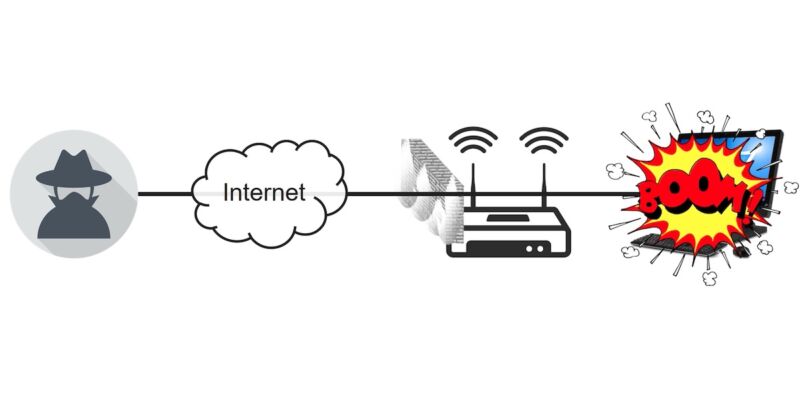
Enlarge (credit: Mathy Vanhoef)
One of the things that makes Wi-Fi work is its ability to break big chunks of data into smaller chunks, and vice versa, depending on the needs of the network at a given moment. These mundane network plumbing features, it turns out, have been harboring vulnerabilities that can be exploited to send users to malicious websites or exploit or tamper with network-connected devices, newly published research shows.
In all, researcher Mathy Vanhoef found a dozen vulnerabilities, either in the Wi-Fi specification or in the way the specification has been implemented in huge numbers of devices. Vanhoef has dubbed the vulnerabilities FragAttacks, short for fragmentation and aggregation attacks, because they all involve frame fragmentation or frame aggregation. Broadly speaking, they allow people within radio range to inject frames of their choice into networks protected by WPA-based encryption.
Bad news
Assessing the impact of the vulnerabilities isn’t straightforward. FragAttacks allow data to be injected into Wi-Fi traffic, but they don’t make it possible to exfiltrate anything out. That means FragAttacks can’t be used to read passwords or other sensitive information the way a previous Wi-Fi attack of Vanhoef, called Krack, did. But it turns out that the vulnerabilities—some that have been part of Wi-Fi since its release in 1997—can be exploited to inflict other kinds of damage, particularly if paired with other types of hacks.
Read 27 remaining paragraphs | Comments
https://ift.tt/2SieTCs
Comments
Post a Comment